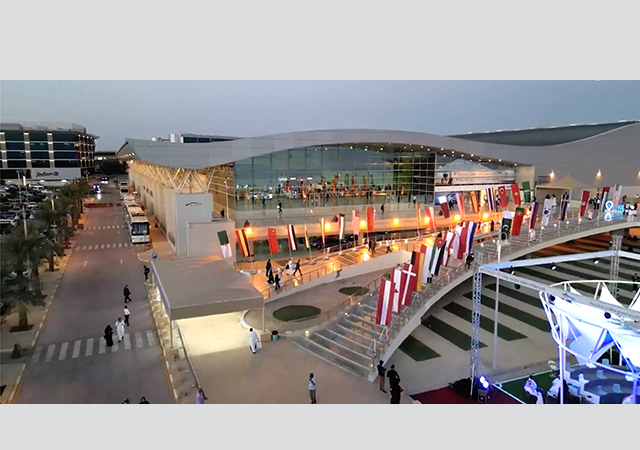
 Figure 1: graph showing the effectiveness of low pressure lamps.
Figure 1: graph showing the effectiveness of low pressure lamps.
It is well-known that air-conditioning and ventilation ducts can become colonised by micro-organisms such as bacteria and fungi as well as acting as a source of transmission for viruses. These microorganisms can cause sickness in people working in buildings as well as infecting and reducing the shelf-life of food and drink products within manufacturing plants.
One method of controlling microbial contamination which is gaining increasing acceptance is ultraviolet (UV) disinfection. UV light disinfects all incoming and recirculated air within HVAC (heating, ventilation and air-conditioning) systems, killing any fungal spores, bacteria or viruses present. It is a low-maintenance, environmentally-friendly technology and is now a well-established method for reducing the spread of airborne contaminants in office buildings, laboratories and food manufacturing facilities. It is also being applied to reduce the incidence of nosocomial infections (infections originating in hospitals) within healthcare facilities worldwide.
How UV works
UV light is generated by electrons around the nuclei of mercury molecules becoming excited. Within UV disinfection systems, a small amount of mercury is contained within a quartz tube (similar in appearance to a fluorescent strip light), and this is activated by applying electricity to both ends of the tube. There are two principal types of UV lamps: low pressure and medium pressure.
Low pressure lamps are usually 1 m in length and have an input power of up to 200 W. The lamps are up to 30 per cent efficient, so can emit up to 60 W of germicidal UV light per lamp. They have a life of about 10,000 hours and need to be left switched on, as frequent cycling (switching on and off) will damage the filament and shorten lamp life; they are also sensitive to outside air temperature, which can result in variations in UV output. This type of lamp is best suited to disinfecting air spaces above water storage tanks. They have a single UV output at 254 nm and are often called monochromatic lamps. High-output versions are now being used that contain an alloy (or amalgam) of mercury and bismuth or indium; these lamps are not sensitive to air temperature and have been measured to have an efficiency of 32-35 per cent.
Medium pressure lamps are typically 30 cm in length and have an input power of up to 3,500 W. They are hot-running, with a surface temperature of 600-900 deg C, and need to have a nominal flow of air across them to keep them cool. Lamp life is between 6,000-8,000 hours and the lamps have an efficiency of up to 23 per cent. Typically, a 3.5 kW lamp will have an output of up to 800 W of germicidal UV light, so typically one medium pressure lamp has an equivalent output of 10-12 low pressure lamps. They are used to treat large volumes of rapidly moving air and have a broad spectral output from 170 nm to 450 nm, giving them the name polychromatic lamps.
UV kills micro-organisms by rupturing the chemical bonds within their DNA. It is most effective between 240 nm and 280 nm, with a peak kill rate at 265 nm. The damage done is permanent and irreversible. RNA, which is found in viruses, is destroyed in a similar manner. The action of this portion of the spectrum, comparing the effect of low pressure lamps (with a single output at 254nm) and medium pressure lamps is shown in Figure 1.
 |
Figure 1 |
Each organism has a different susceptibility to UV. The amount of UV required to achieve a 90 per cent kill is known as a D10 dose. Double the D10 dose achieves a 99 per cent kill, three times a 99.9 per cent kill, and so on. Yeasts and moulds are proportionately harder to kill that other species, so UV systems need to be sized to accommodate the highest D10 species. The D10 rating of an organism is also a key determinant of kill rates, with D10 values varying considerably across species - Bacillus anthracis and Mycobacterium tuberculosis are relatively easy to kill, while Aspergillus niger and other moulds are far more difficult to destroy and require a higher UV dose. The influenza virus has a low D10 rating and UV is highly effective at destroying it.
System sizing
The principal factors that affect the sizing of UV systems are as follows:
The relative humidity of the air has a pronounced effect on its ability to transmit UV light, with high relative humidity leading to a marked reduction in UV transmittance. Duct dimension is also very important: the ideal profile for a duct is rectangular with the UV lamp inserted as shown in Figure 2. In addition to this, the construction material of the duct plays an important role and the correct choice is vital. Most plastics or PVC ducts will fail when exposed to germicidal UV light, as light at these wavelengths is absorbed by the PVC and results in damage known as 'chalking'. Table 1 shows that certain metals have a reasonable reflectance, so ducting should be constructed from these materials, if possible.
Safety & maintenance
It is important that operators are shielded from UV light, as even short-term exposure can cause erythema (reddening of the skin) and conjunctivitis (inflammation of the mucous membranes around the eye). Electrical interlocks are, therefore, fitted to the control panel and mechanical key interlocks are fitted to the duct.
UV systems are easy to install and virtually maintenance-free. The only regular requirement being the replacement of the UV lamp every 6,000-8,000 hours, a quartz sleeve change every two to three years, as well as the periodical wiping of the sleeve with a soft clean cloth to remove any dust or other airborne deposits. These are simple operations that can be carried out by on-site maintenance staff.
Applications
UV - especially medium pressure - is now widely accepted by many process users of air both in the UK and overseas. A call centre in Surrey, for example, has observed a 40 per cent reduction in staff absence due to sickness following the installation of a Hanovia UV system in the recirculating air duct at one of its offices.
To help protect its biotechnology laboratories from microbial contamination, Colgate-Palmolive has also recently commissioned Hanovia to install several UV disinfection systems within the in-line air ducting of its Salford facility. According to the engineering services manager, the UV systems have been working "exactly as intended" since they were installed.
In a 12-month study carried out at a large hospital in the north of England, a medium-pressure UV system achieved a 98.9 per cent reduction of air-borne pathogens within the hospital's air-conditioning system. In the tests, a range of organisms associated with nosocomial infection were treated with medium-pressure UV lamps - both within the hospital air ducts and in controlled laboratory settings. All the pathogens tested were found to be very susceptible to UV.
Research undertaken by the Campden Food & Drink Research Association on Hanovia's behalf has also demonstrated the effectiveness of UV on a wide range of common food spoilage organisms found in the ventilation ducts of food processing facilities.
Summary
Medium pressure UV lamps are a reliable means of controlling airborne bacteria, fungi and viruses. Their use is now widespread by companies concerned about the indoor air quality of their buildings, be they offices, hospitals, laboratories or factories. Low-pressure lamps are also suitable for certain applications, for example, disinfecting the air spaces above water storage tanks.


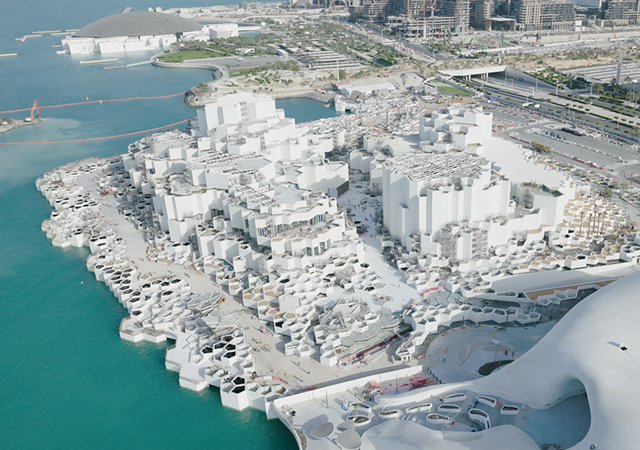
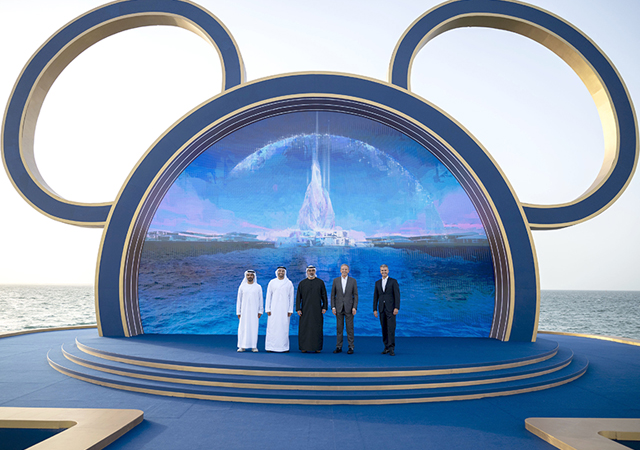
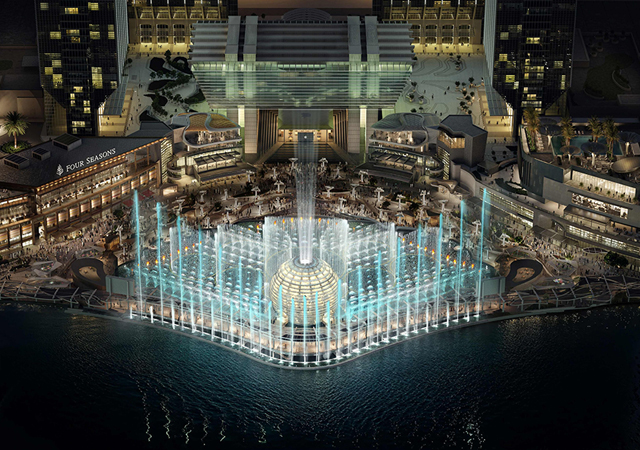
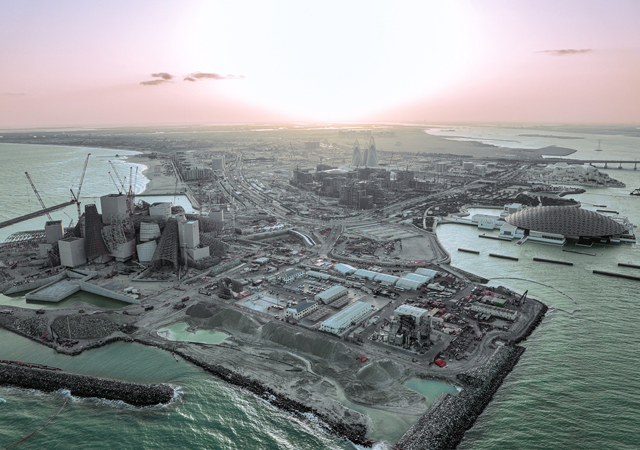
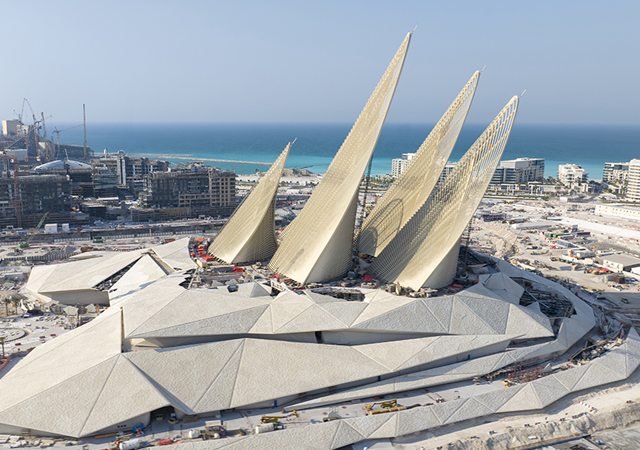
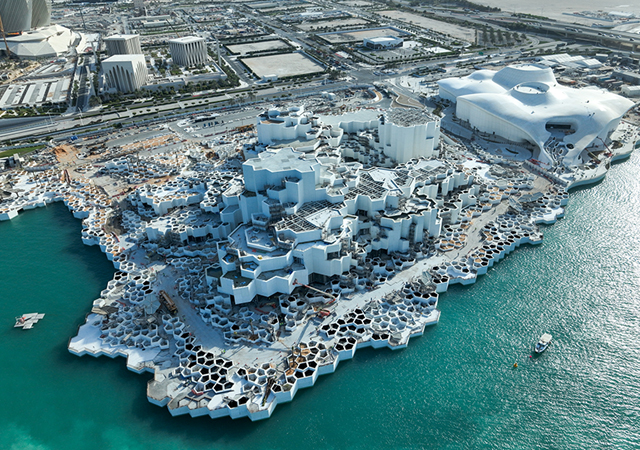
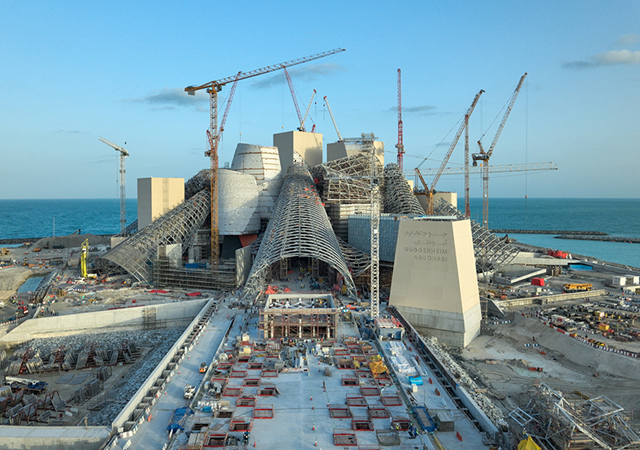
.jpg)
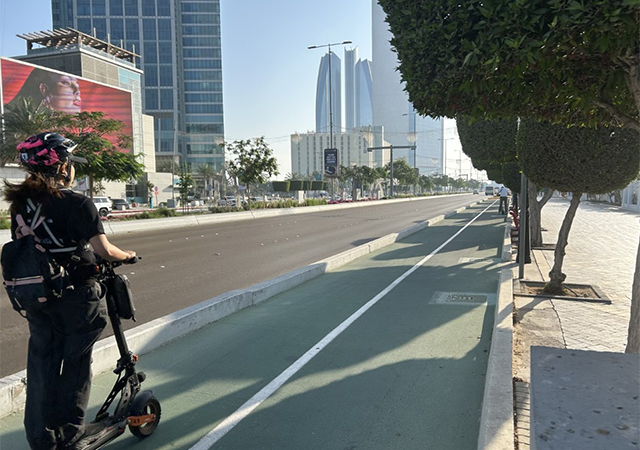
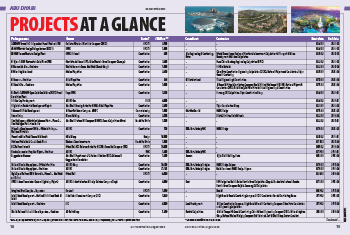



.jpg)
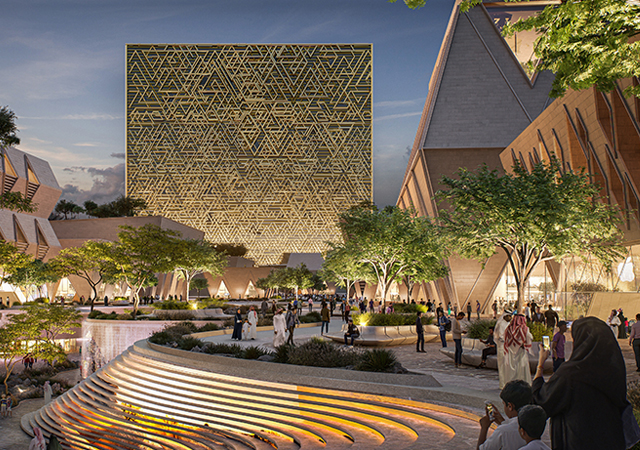
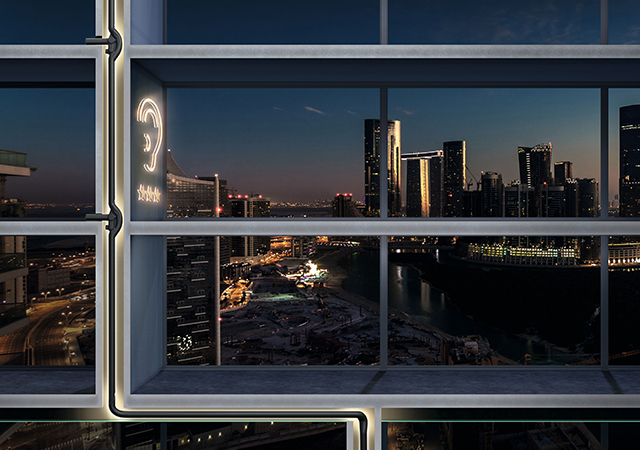
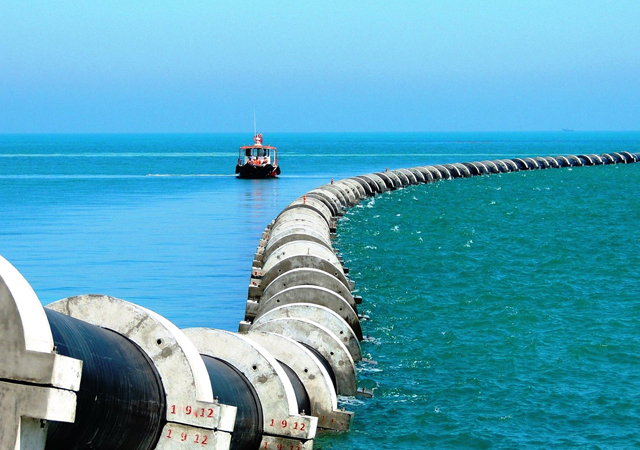


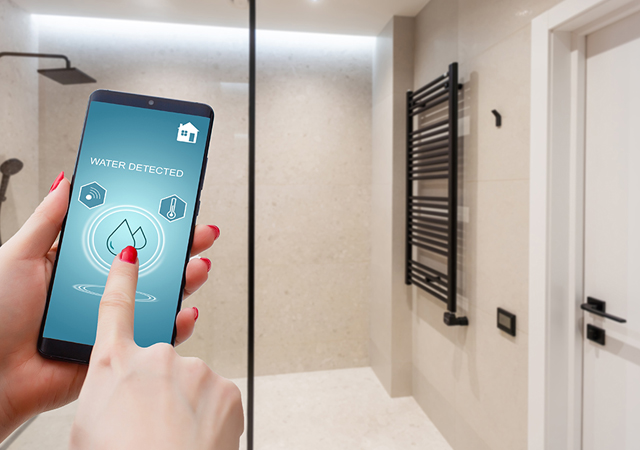
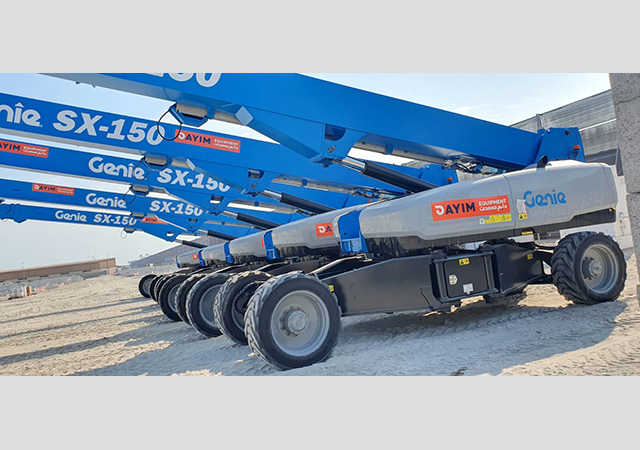
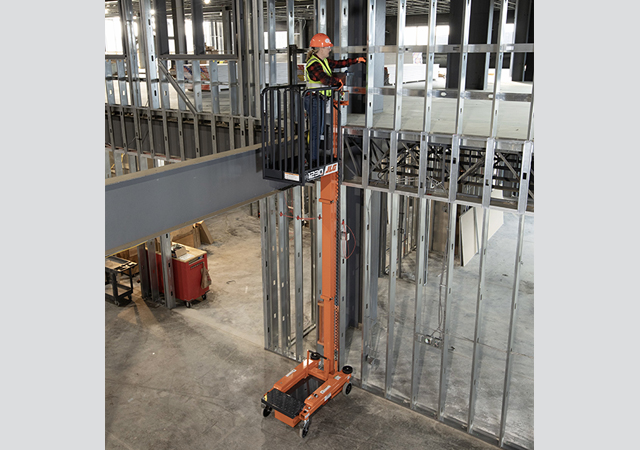
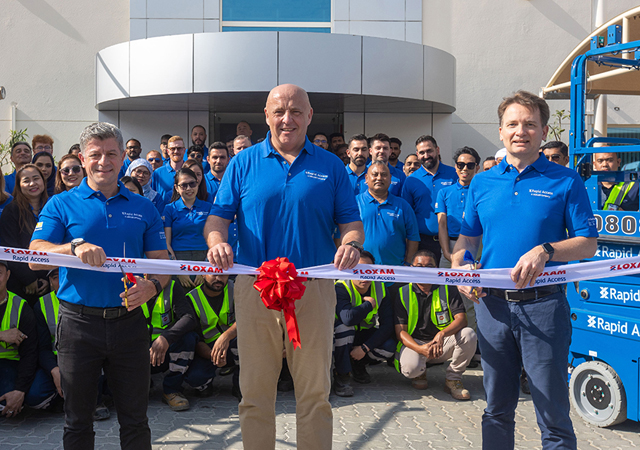
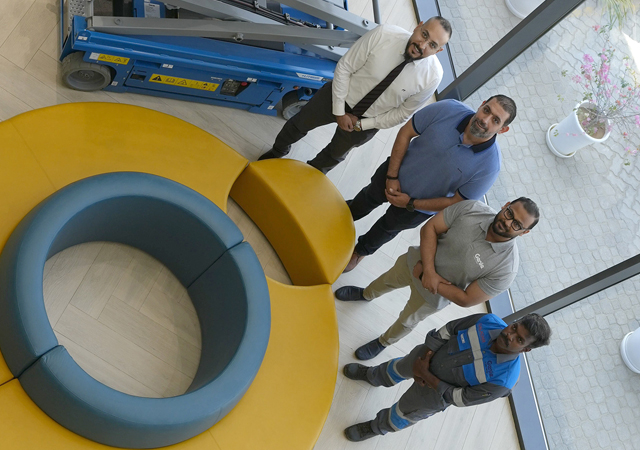
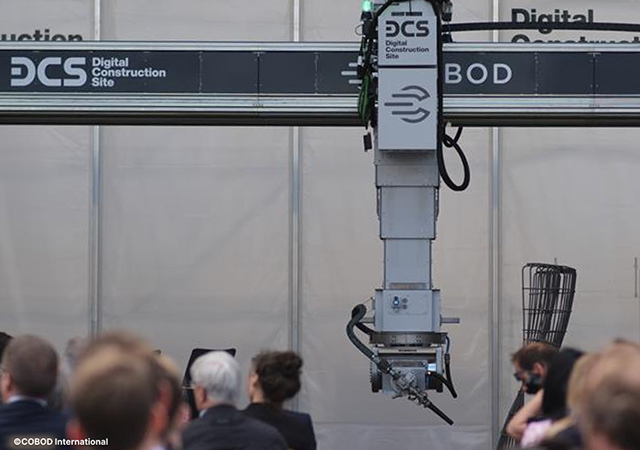
Doka (2).jpg)
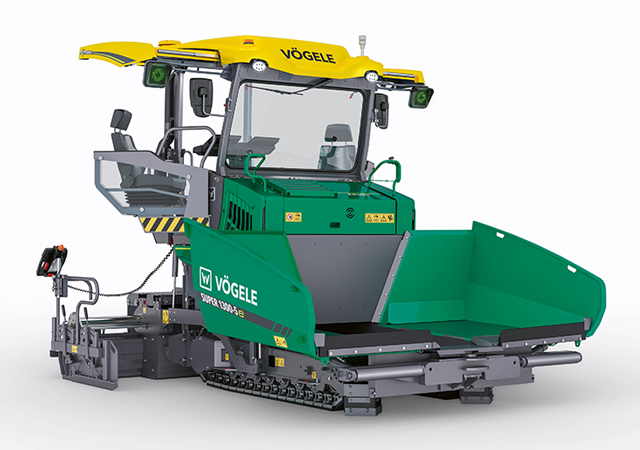


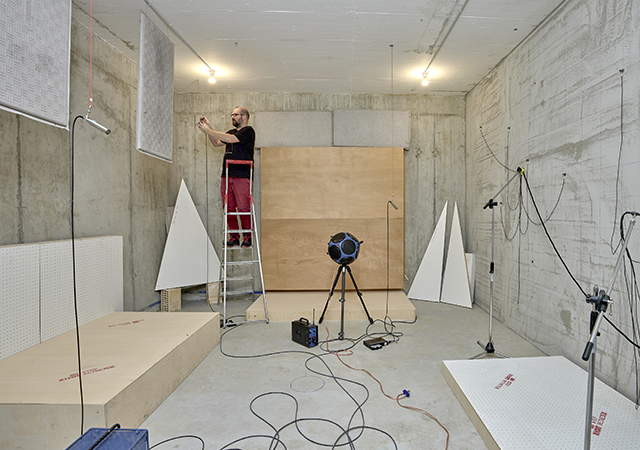
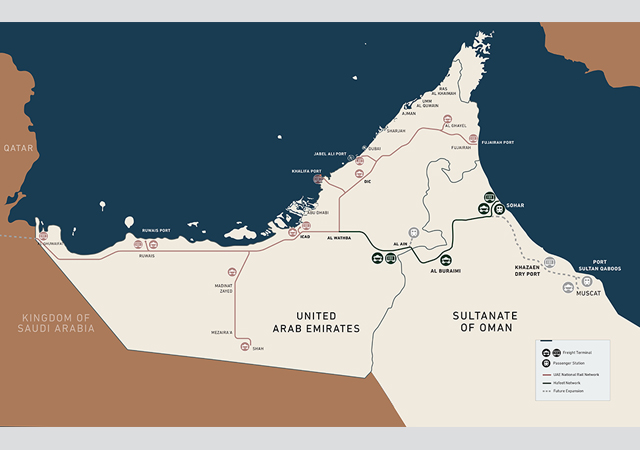

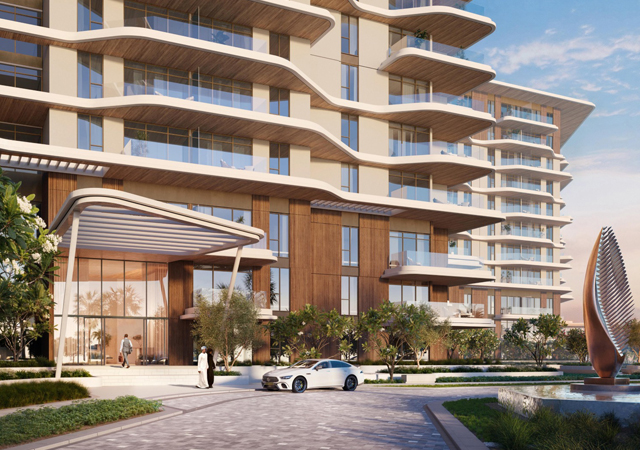

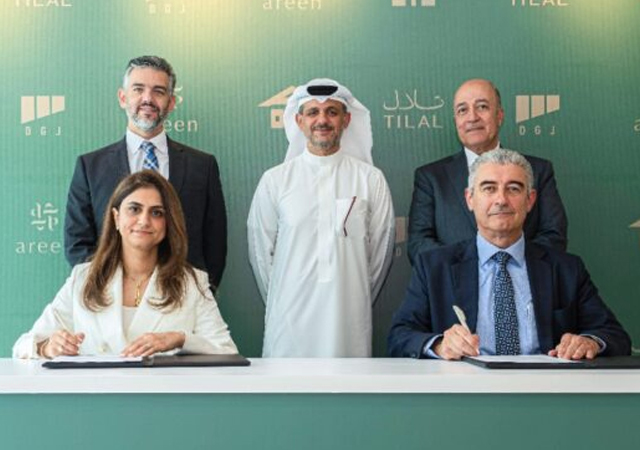
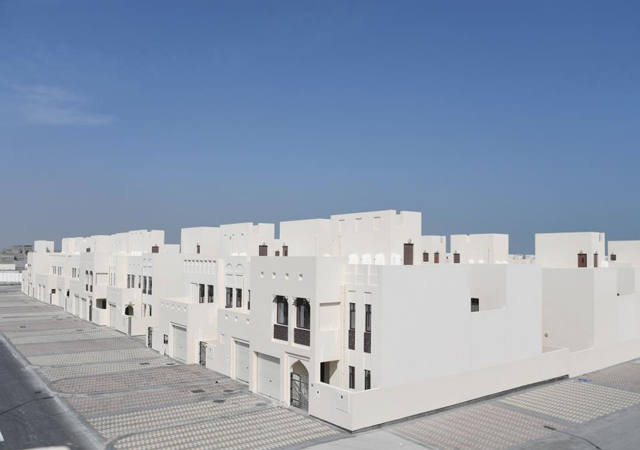
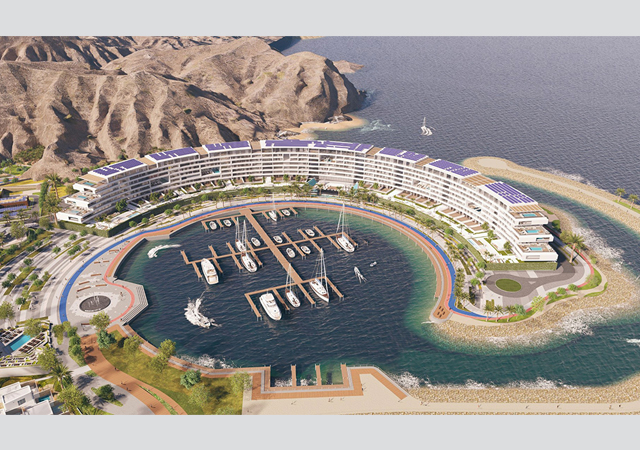


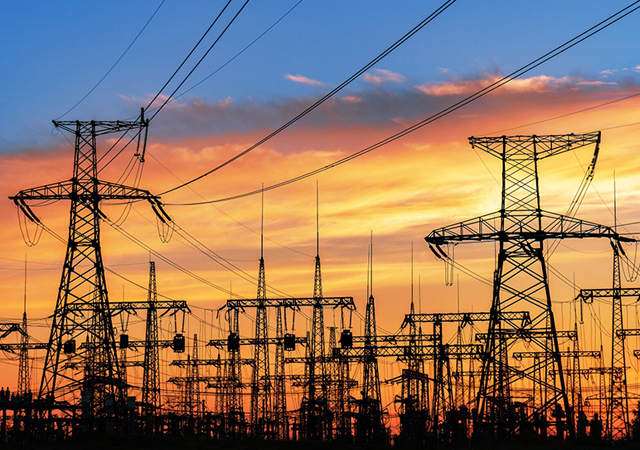


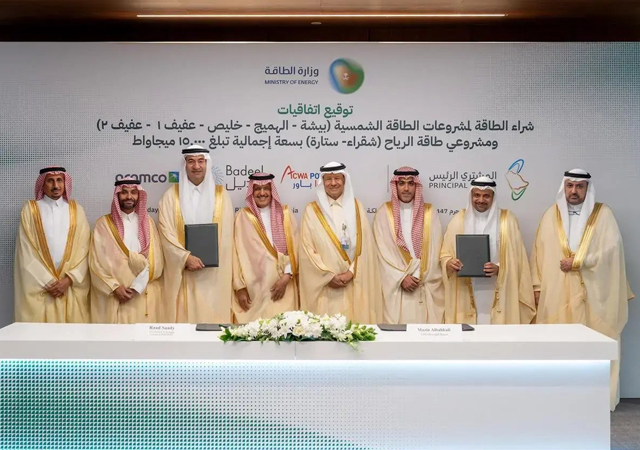


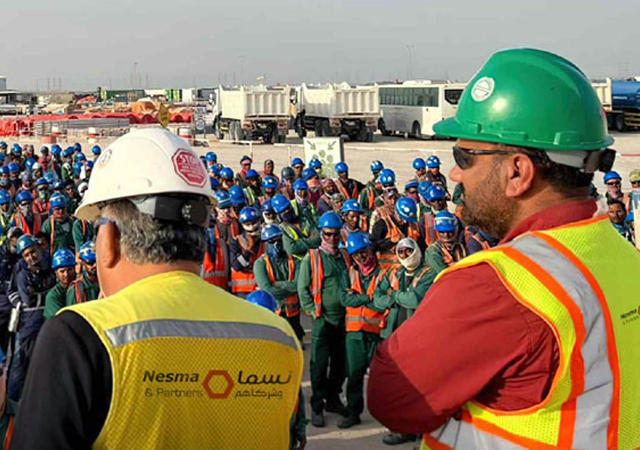

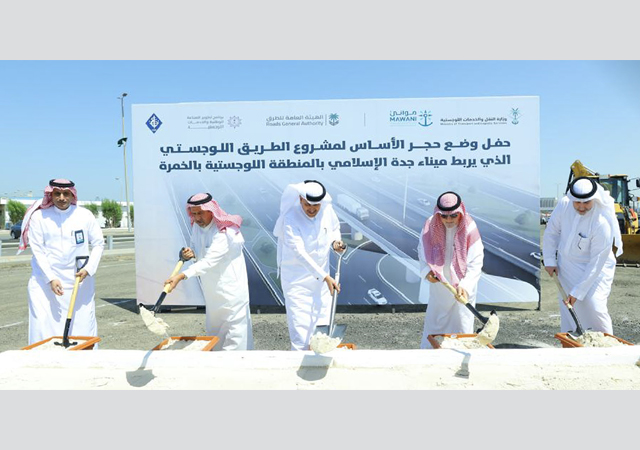


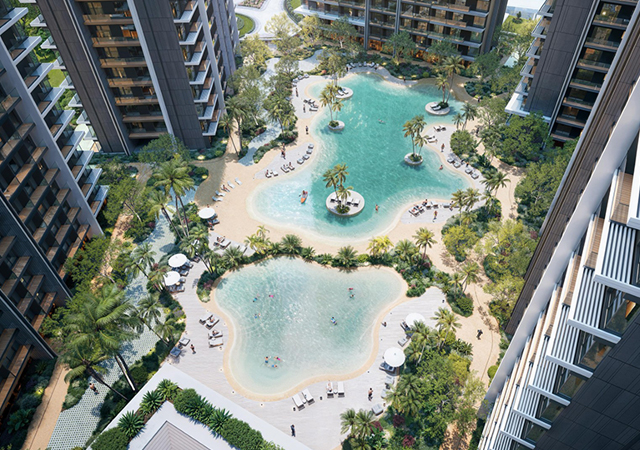

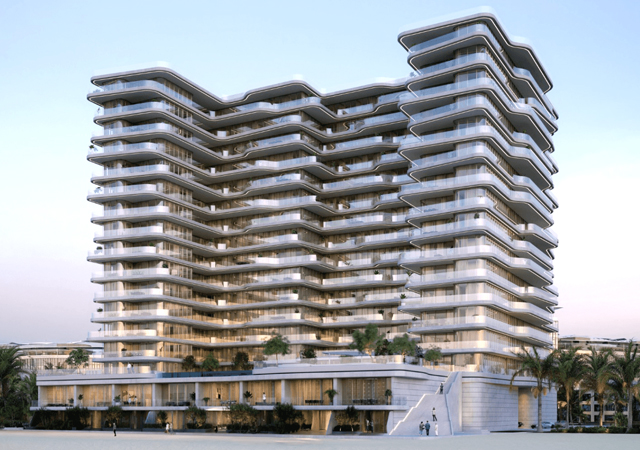
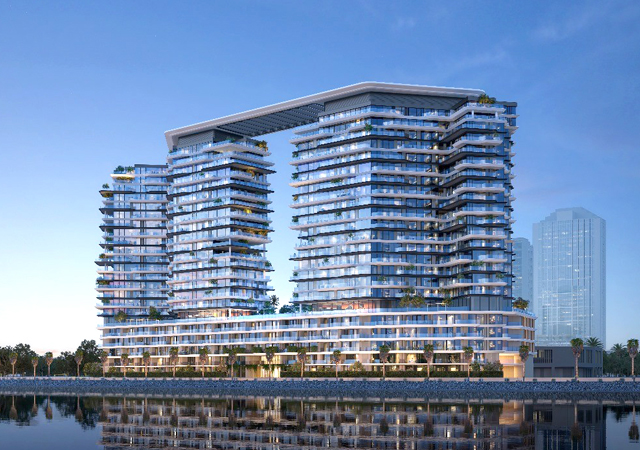

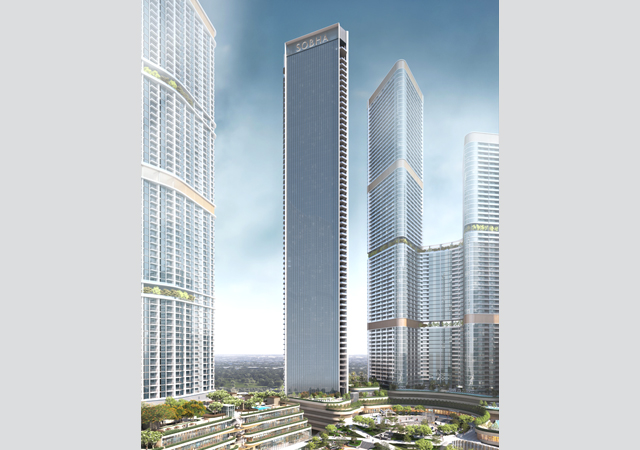




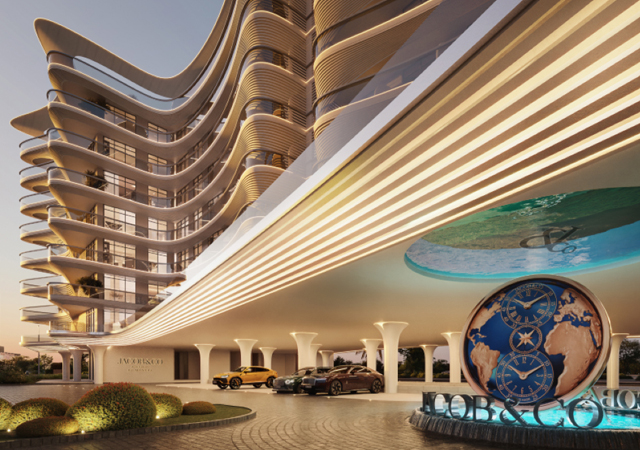
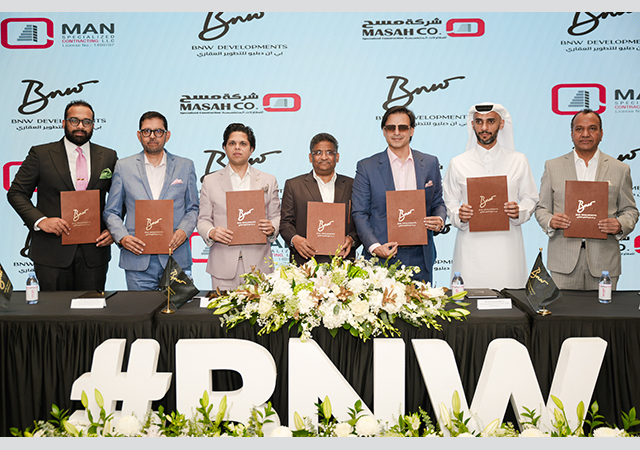
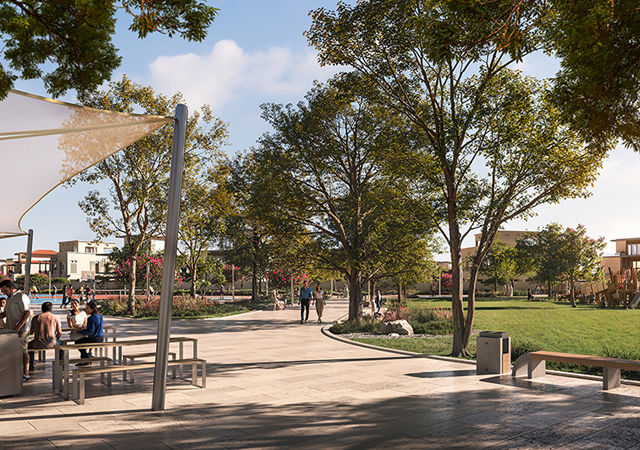
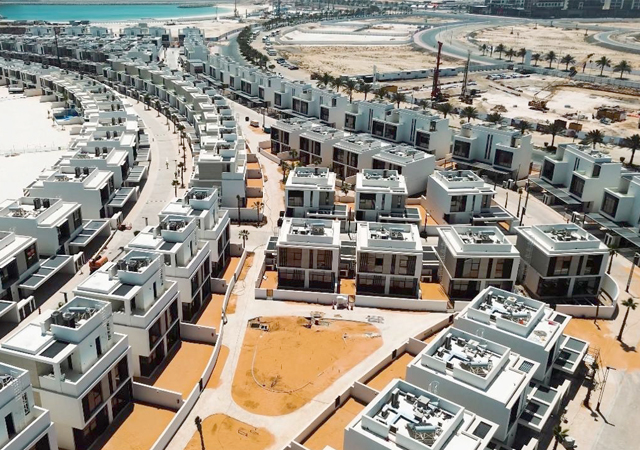
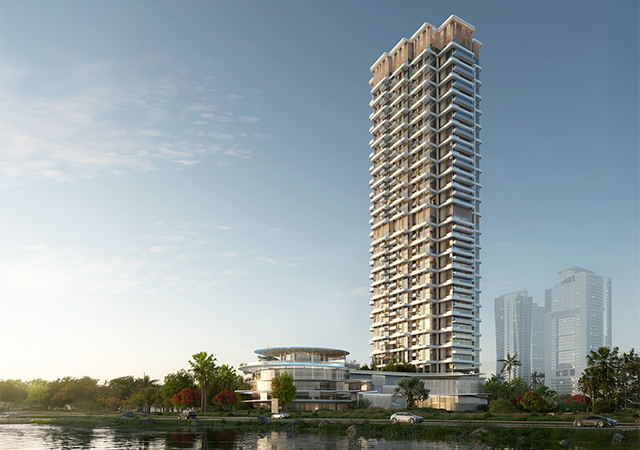

.jpg)
.jpg)

.jpg)
